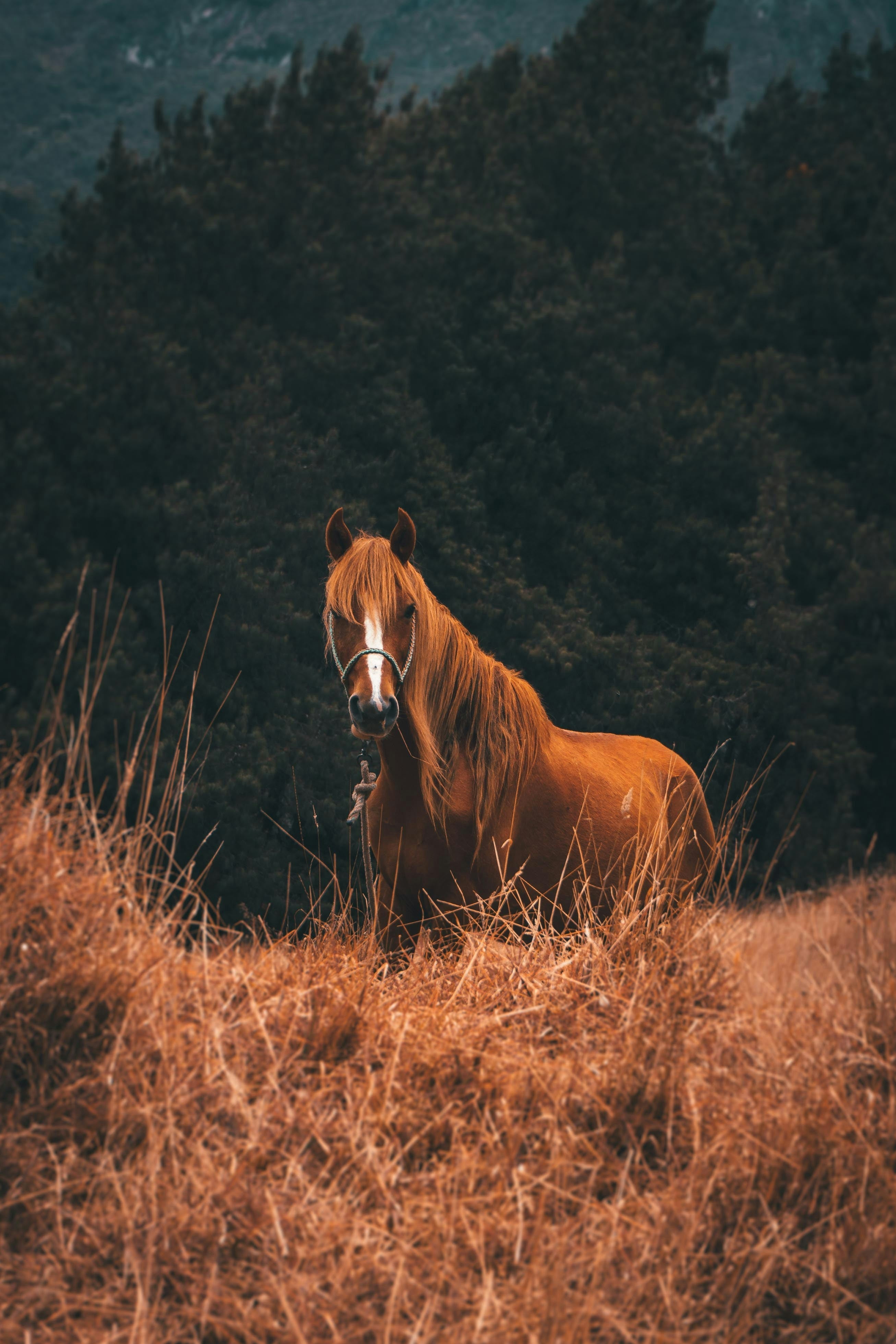SHETLAND PONY OWNER'S GUIDE

SHETLAND PONY OWNER'S GUIDE
SHETLAND PONY OWNER'S GUIDE
SUMMARY
The Shetland Pony is one of the most popular and resilient pony breeds, known for its small stature, strength, and affectionate personality. Originally from Scotland's rugged Shetland Islands, this hardy breed has adapted to various roles, from children’s riding ponies to driving and therapy work. This guide covers everything you need to know about owning, caring for, and training a Shetland Pony.
FEATURES
- History and Origin – Discover the rich history of Shetland Ponies in Scotland.
- Size and Strength – Despite their small size, Shetland Ponies are incredibly strong.
- Temperament and Personality – Learn about their playful and intelligent nature.
- Proper Feeding and Nutrition – What to feed and how to avoid obesity issues.
- Grooming and Hoof Care – Maintain a healthy coat and strong hooves.
- Training and Socialization – Key training techniques for a well-mannered pony.
- Uses and Activities – Learn about riding, driving, therapy, and companion roles.
- Health and Lifespan – Common health concerns and how to keep your pony thriving.
DESCRIPTION
Shetland Ponies are one of the most recognizable pony breeds, standing no taller than 42 inches (10.2 hands high) at the withers. Despite their small size, they are incredibly strong and were originally bred for working in coal mines and pulling heavy loads. Today, they are cherished for their versatility, friendly nature, and adaptability, making them a great choice for families, children, and first-time pony owners.
Size and Strength
Shetland Ponies may be small, but they are mighty. They are considered one of the strongest pony breeds in relation to their size, capable of pulling twice their weight. This makes them excellent for driving and cart-pulling activities, in addition to being great riding ponies for small children.
Temperament and Personality
Shetland Ponies are known for their playful, intelligent, and independent personalities. While they are gentle and affectionate, they can also be stubborn at times. Proper training and socialization from a young age are essential to prevent bad habits and encourage a well-behaved, obedient pony.
Proper Feeding and Nutrition
Due to their origins in the harsh Shetland Islands, these ponies have developed an efficient metabolism, meaning they require less food than larger horse breeds. However, they are prone to obesity and laminitis, so their diet should consist of:
- High-quality forage (hay or pasture grass)
- Minimal grain, unless needed for extra energy
- Salt and mineral blocks for essential nutrients
Grooming and Hoof Care
Shetland Ponies grow thick coats in colder months, which requires regular brushing to prevent matting and skin infections. Their strong hooves need routine trimming every 6-8 weeks to avoid overgrowth and potential lameness.
Training and Socialization
Shetland Ponies are smart and quick learners, but they can be strong-willed. They respond best to consistent, positive reinforcement training. Early training includes:
- Groundwork and halter training
- Lead rope exercises
- Desensitization to sounds and handling
With proper training, they can be excellent companions for children and beginner riders.
Uses and Activities
Shetland Ponies are versatile and can excel in:
- Children’s riding ponies
- Driving and cart-pulling
- Therapeutic riding programs
- Companion ponies for larger horses
Health and Lifespan
Shetland Ponies are hardy and long-lived, often reaching 30 years or more with proper care. However, they are prone to certain health issues, such as:
- Obesity and laminitis from overfeeding
- Dental problems due to their small mouth size
- Cushing’s disease in older ponies
Is a Shetland Pony Right for You?
Shetland Ponies make wonderful pets and riding companions for children, but they do require consistent training, proper diet, and regular exercise to stay happy and healthy. With the right care and attention, these charming, intelligent ponies can become a beloved part of any family or farm for decades.
- Shoumik Mohapatra

Comments 0